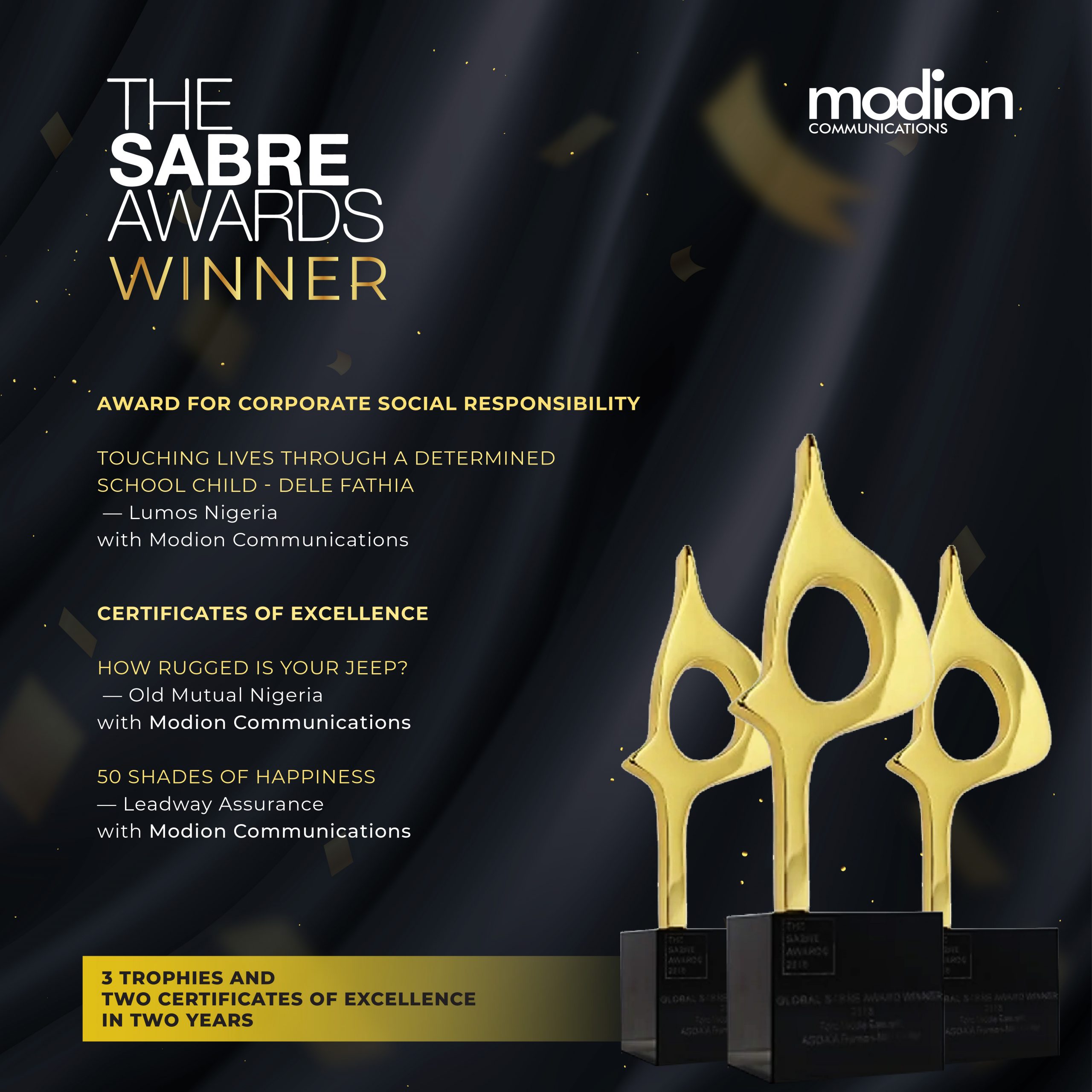Influencer marketing has had a turbulent few years. After repeated instances of scandals and questions around ROI, brands are questioning whether they should put such an emphasis on influencers. Despite this, there are brands who are still keen to put spend into this sector, arguing that companies need to stop splashing the cash and plastering their names everywhere without consideration.
In a panel discussion at The Drum PR Awards judging day, PR experts from Sonos, Edelman, MHP Communications, SEEN Connects, Bacardi and Publicis Group discuss how there is a place for influencers if the industry can adapt the campaigns they are used in.
Building genuine relationships with influencers
By 2020, Mediakix estimates that brands will be spending around $5-$10bn a year on influencer marketing. It’s here to stay – for the foreseeable future anyway. How then, do brands choose which influencer to go with? The panellists argued that many of the major issues come from brands not picking the right influencers for their purpose.
For Shakira Payne, communications and sustainability manager at Sonos, it all comes down to your strategy, the product, and message you’re selling.
At Sonos, the brand has accepted that influencer marketing is something it needs to adapt its broader strategy and communications to. “It’s making sure that we’re giving them the right message to speak to their audience and it’s not just a paid transaction on experience because we’re a brand,” said Payne. “It’s about building relationships with them. They’re advocating our messaging and experience through our products.”
Payne said that for Sonos, it’s about building genuine relationships with them becoming an advocate, that a good strategy doesn’t just involve splashing the cash on the most subscribed YouTuber and plastering the brand all over their social channels.
Ruth Warder, general manager of Edelman added that there needs to be an understanding of said influencer’s audience: “Recognise what they want because it’s about creating meaningful communications and for them, their reach.”
Remember to consider how you work with influencers though, argued Payne, because at the end of the day you don’t want a negative story in the press about an influencer promoting something in a disingenuous way.
Influencing the marketplace
Fortnite and Roblox may be the in thing for gaming right now, but it looks like Minecraft is making a comeback, with YouTube influencers championing the game right now.
Jane Wilson, managing director at MHP Communications said that six months ago, children would have baulked at the thought of playing Minecraft, that it wasn’t cool anymore.
“Every 11-year-old I know in the last few weeks has started playing Minecraft again. They think they have rediscovered it but no, it’s because of Minecraft put a shitload of money behind influencer marketing on Twitch, YouTube and gamers who were previously linked to Fortnite to get them to then say Minecraft is cool.
“It’s very transactional because the market they’re aiming for is so black and white. If someone likes something, they will do it. It’s been a real phenomenon in the past few weeks of a domino effect of all these kids liking something that six weeks ago would have said is the worst thing in the world.”
Sedge Beswick, founder and managing director of influencer agency, SEEN Connects believes that it’s far easier for influencers when they’re linked with brands like Bacardi and Sonos, as they have access to the physical item which allows them to feature the product across their platforms.
It’s much harder when it comes to news hubs. For instance, while everyone is talking about Love Island, Beswick added that there’s no interesting insight around influencer opinions for this as the news angle is hard to pinpoint: “Unless it is someone who is a micro influencer, who specialises in tech or is actually interested in the movement for which they have a genuine opinion and they have enough insight and knowledge behind them to be credible when they are talking about the stuff.”
Influencing conversations
Brands can now directly speak to consumers. The likes of Bacardi and L’Oreal have closer relationships to their audiences now that influencers and social media platforms have opened that door.
The opportunity here is to see how you can influence those conversations and then link back to some eCommerce or commerce in other ways, according to Lisa Jeden, global head of brand PR and corporate communications at Bacardi.
“We’re doing a lot of testing around linking influencers to ecommerce. It’s big in beauty but in alcohol, where there are age restrictions and whatnot, how can you influence the kind of behaviour that you want and have that relationship directly.”
Payne notes that it’s a lot easier now for PRs to track how influencer PR is going back into the business. “It’s opening more opportunities for us to strengthen out our position, especially in business, in terms of what PR is. For years it’s always been a struggle to try and justify the role of PR in communications.”
Lizzie Dewhurst, head of communications and PR for Publicis Group added that the remit has totally evolved from being positive to real damage control, crisis communication projects like the gender pay gap reporting.
She concluded: “We’ve got to really acknowledge and behave responsibly around and that essentially makes our roles more critical integral into the business.”
Despite the trials and tribulations of influencer marketing changes are happening. It’s changing how the industry operates in turn. Brands are working with influencers who are relevant to their messaging and open conversations between the two are taking place. PR needs to adjust and adapt its use of influencers or face falling into the same pitfalls time and time again.
Source: The Drum







Comment
No comments found.